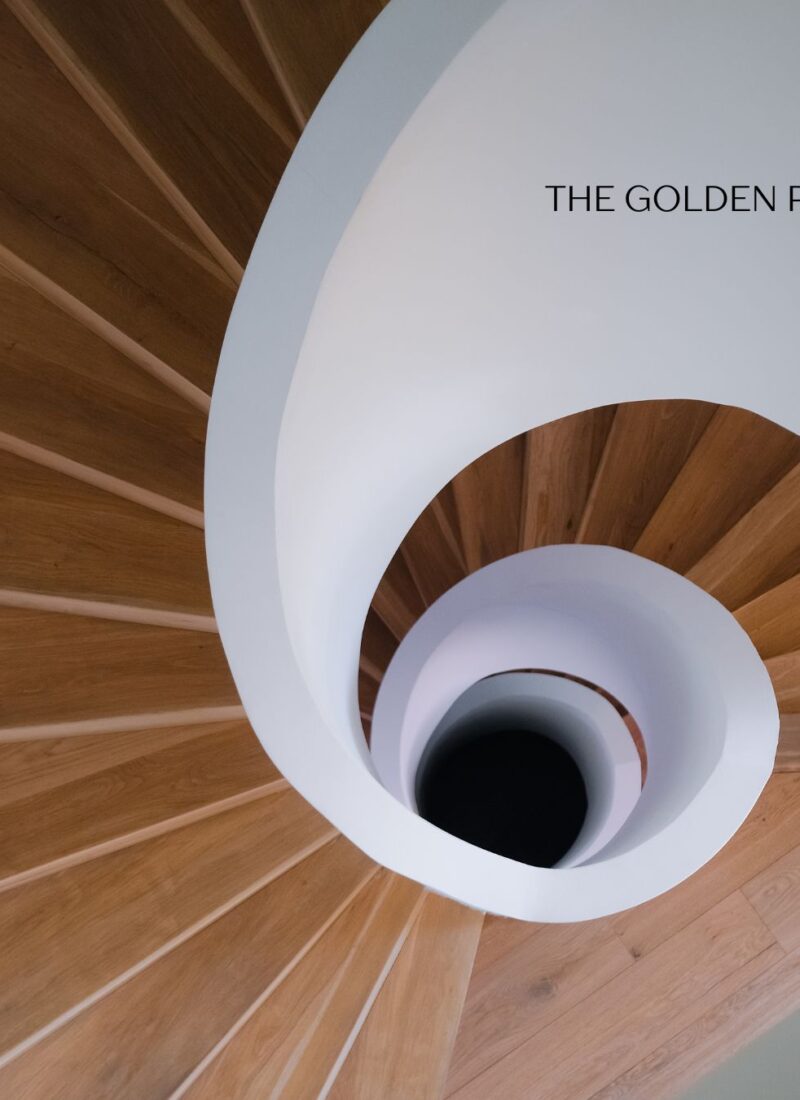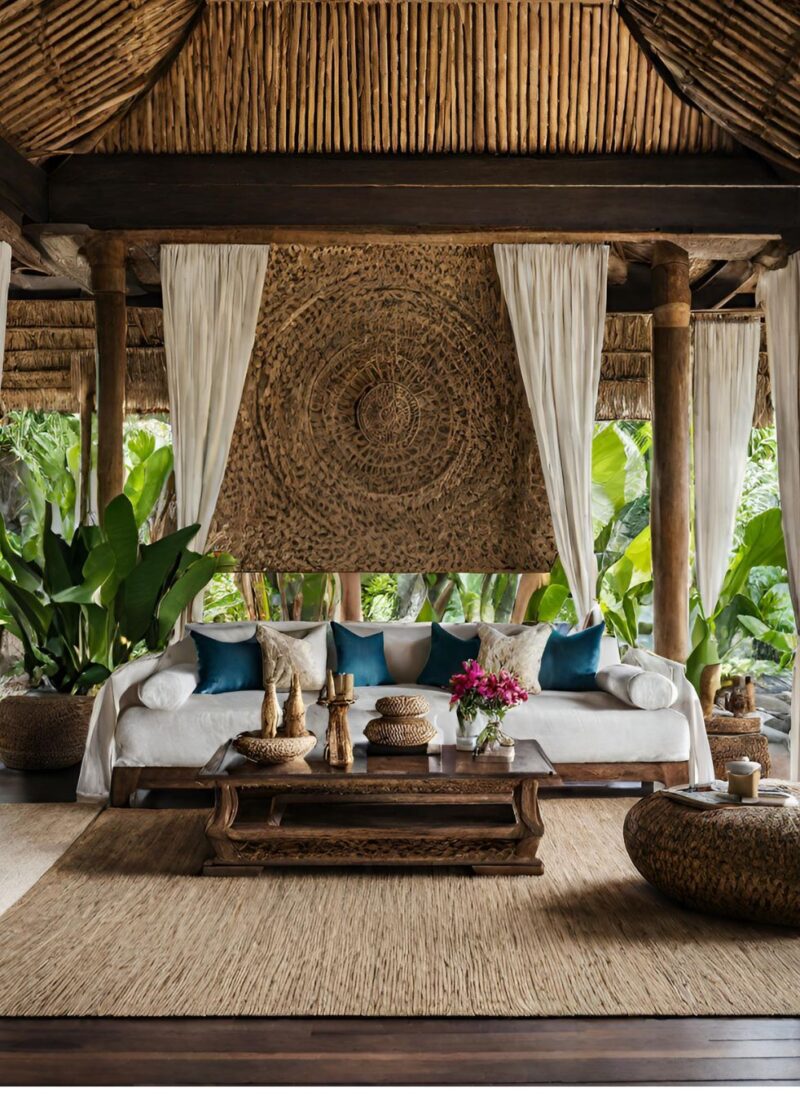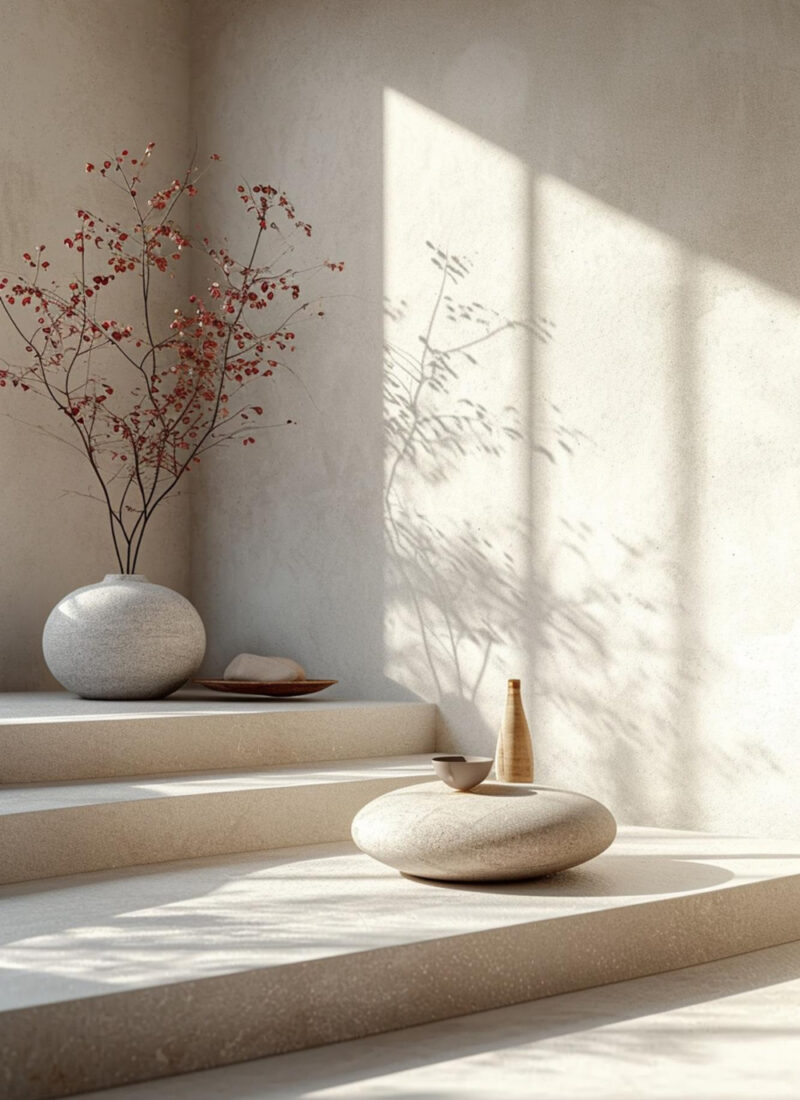The Minimalist design is one of the lingering movements of the 20th century. While there are more popular aesthetics than minimalism, the latter is one of the most prolific, seeping through different art forms, from architecture, interior design to installation art.
This article is an introduction to what minimalist interior design is, and how it differs from other interior designs. This also discusses how you can apply minimalist interior design to your home.
Photo by Stefan Spassov on Unsplash
Less Is More
It’s hard not to notice the Minimalist design, with its simple, clean lines, monochromatic colors, and uncluttered look. There’s no denying there’s something serene when one looks at a bedroom decorated with a minimalist outtake. Minimalism, after all, isn’t just about being scarce on furniture and other decors. To create such simplicity, there must be a deliberate move to curate the piece, lest the room becomes devoid of comfort, hence unliveable.
Photo by Timothy Rhyne on Unsplash
Beyond the aesthetics, form, and functionality becomes the highlight. All pieces, cohesive, all have functions to perform; each has value.
The stripped-down definition of the minimalist design is about the artist expressing only what is essential, a stark contrast to the excesses of a previous art movement. It was in the 1960s that artists and interior designers have experimented with geometric shapes and functions, paving the way to minimalism.
Photo by Jean-Philippe Delberghe on Unsplash
Minimalism is also deeply inspired by the Bauhaus movement. One can attribute the phrase “form over function” to this art movement. It prioritized what is practical and utilitarian over decorative.
Recent Post: What Is Luxe Interior Design?
Minimalist Color Palettes: Setting the Tone
Color plays a vital role in minimalist design. Neutral colors like whites, beiges, and greys are often used to create a serene and calm environment. However, incorporating subtle hues or accent colors can add warmth and depth to a minimalist space. The key is to maintain simplicity and coherence throughout the design.
Why Opt for the Minimalist Design
If you are one who likes to channel their inner Marie Kondo, then, the minimalist design is for you. The person who prefers minimalist interior design believes one can live with less and doesn’t like superfluous trimmings. The backdrop is often monochromatic with splashes of color for accents, something that’s great when you want your apartment to look bigger. This is suitable for a classy person since the minimalist style never really goes out of style. Since you do less with more, you save money by not buying too many design pieces.
Photo by Inside Weather on Unsplash
The Role of Texture and Accent in Minimalist Design
Texture and accents are essential in minimalist design to add depth and interest. A textured rug, a knitted throw, or even a piece of sculptural artwork can add warmth and character. Minimalist rooms often employ a neutral palette, so these textural elements are crucial in preventing the space from feeling stark or cold.
Elements of the Minimalist Design
How do you define the minimalist design? Here are the distinguishing factors that define this design.
Open Layout
There are fewer embellishments in a living space adorned with a minimalist design. It has an uncomplicated design that allows more light into the room, creating a soothing space that invites people to rest. You can’t find any excessive ornament here. There can be a single art piece or a statement chair. But never two of a kind.
Clean Lines
Hardly you’d find patterns in a Minimalist room. What’s distinguishing are flat and smooth surfaces that showcase each piece in detail. As an example, the clean, fine lines of a white table. However, this simplicity does not equate to being basic or boring. In reality, the clean lines follow the form over function principle.
Neutral Base Colors
Hardly you’d find red or yellow shades in this design approach. You want to evoke the feeling of calm by using neutral colors with warm undertones. There is little display of colors. What you might see in a minimalist living room are cable-knit covers or knitted throw pillows in a similar color as the walls. Different textures bring life to the room but not in an excessive manner. Keeping with the overall design scheme is a must for minimalist interior design.
Geometric Design
Geometry is predominant in the minimalist home. It takes inspiration from nature, That being said, choose simple curves and lines. Try to stay away from complicatedly-designed furniture pieces. Flats are also simple, smooth, and clean.
Photo by Kam Idris on Unsplash
Visually-balanced
The minimalist-designed home is airy and balanced. Make use of your space; look for a focal point. Use that element to achieve balance.
How to Incorporate Minimalism in Your Home
minimalism is easily identified as it is devoid of clutter. But, there is a tendency to overdo such a beautiful aesthetic. This can result in an emotionless room. How can you avoid such a scenario?
Colors
Stick with one base color but to veer away from being too impersonal, you can add two more colors; however, make sure that the colors are just a few shades apart. Minimalism works well with neutral colors.
- White
- Cream
- Black
- Gray
You can add an accent element to give a vibe of surprise to the room. Remember the pieces should be cohesive, not garish.
Photo by R ARCHITECTURE on Unsplash
Furniture
Trendy pieces aren’t a bad thing. But for the minimalist interior design, you want the design elements to stand the test of time. Since you’re working with fewer items, you want durable, timeless pieces that still stick to the aesthetics. One, then, can surmise that this design isn’t about frugality. High-quality fixtures can often be found in minimalist homes. To reiterate, you want your design pieces to last longer.
You can start with a standout piece and build a story around it to let it shine. Add a muted mustard yellow sofa and incorporate dark brown pieces such as a Mid-Century chair and a floor lamp in dark brown. Add a yellow artwork on the wall to put all the pieces together.
Recent Post: What Is Rustic Interior Design
Furniture Selection in Minimalist Spaces
In minimalist interior design, furniture should be functional and contribute to the overall simplicity of the space. Opt for pieces with clean lines and understated forms. The idea is to choose quality over quantity, selecting fewer but better-made pieces that stand the test of time.
Texture
Stick to complementary colors with surprising details. You can choose furs or textured fabrics that cut the monotony of the neutrals. Try having floor-to-ceiling curtains that showcase fluid lines, This would create the illusion of having wider spaces as well as showcase subtle sophistication.
Lighting
Lighting should be unobtrusive. You can use LED lights to create a nice accent for your minimalist room in the evenings but these won’t obstruct the visual lines during the daytime. Another alternative is to use recessed spotlights. But if you want to highlight straight lines of your room, do in pairs of three.
Creating a Serene Minimalist Bedroom
A minimalist bedroom is a sanctuary of calm. Here, the bed is the central focus, with minimal bedding in soothing colors. Other furniture is kept to a minimum – perhaps a simple nightstand and a lamp. The use of soft, calming colors and a lack of clutter helps to create an environment conducive to relaxation and rest.
Designing a Minimalist Bedroom for Relaxation
A minimalist bedroom should be a tranquil space for relaxation. Keep the decor simple with a comfortable bed, essential furniture pieces, and calming colors. A minimalist approach in the bedroom can help promote better sleep and relaxation.
Different Takes on the Minimalist Interior Design
When the Bauhaus Movement, among others, conceptualized the minimalist design almost a century ago, it’s principle relied on functionality over design. Fast forward to a century later, the minimalist design has evolved with many interior designers taking their own twists and adding them to the mix. The minimalist home design is no longer what it used to be.
Eclectic Minimalism
Eclectic minimalism is about combining unlikely pieces that surprisingly work well together. Try to make a bold statement but with minimal effort. Try mixing a wicker chair with jute. Add something surprising to the mix. Instead of one coffee table, two side tables, or hang your artwork off-center.
As your base, stick with neutral colors so you have more leeway to play around with. Then, try with different layers and textures. Make sure that it’s still cohesive. Unlike the Maximalist style, do not overindulge with your layers. Less is still more.
Industrial Minimalism
As its name connotes, Industrial Minimalism is the combination of two popular interior design concepts. You’d find metal details heavily mixed with leather textile. There’s a lot of space in this kind of design. Soften the harsh geometric lines with a patterned rug made of cowhide.
Maximalist-Minimalist
It is what it is- the combination of two opposite spectrums. A bold wall combined with a curvy blue sofa. With this spinoff, designers veer away from an all-white palette; they allow vivid colors. It could be a red wall, gold accents, or a rich textile-like an emerald velvet sofa. There should be at least one over-the-top element. This is an elevated version of simplicity. That being said, avoid adding artworks when trying to pull off the Maximalist-Minimalist design.
Organic Minimalism
Simplicity is at the heart of organic minimalism. You’d often find warm wood tones such as cherry, white oak, and walnut on floorings and ceilings, which creates a cozy and homey vibe to the room. Use an Eames chair or Mid-Century Modern design furniture to achieve that form-over-function principle that the Minimalist design is known for.
Rustic Minimalism
This is an amalgamation of the rustic and minimalist design, resulting to cool, wide-spaced rooms accentuated with natural but neutral colors. Furniture pieces are often made of natural materials such as wood, bamboo, and wood.
Clean lines still play a pivotal role in how proportion is played around. Texture is highlighted. That being said, choose textile with natural fibers. You can opt for faux fur or leather. For wood, prefer those that show the natural grain.
The Art of Color and Pattern in Minimalist Design
While minimalist design often leans towards monochromatic schemes, it doesn’t shy away from color and pattern. When used, they are deliberate and focused. A pop of color in a cushion or a piece of wall art can bring life to a minimalist room. Patterns, when used, are simple and understated, contributing to the room’s overall sense of order and tranquility.
The Future of Minimalist Interior Design
The minimalist interior design style continues to evolve, blending with other design styles and adapting to changing lifestyles. As we move towards more sustainable living, minimalism’s emphasis on quality over quantity and its less-is-more approach are more relevant than ever.
Minimalist Kitchen and Dining Spaces
In the kitchen and dining area, focus on functionality and simplicity. Opt for clean, uncluttered countertops and streamlined cabinetry. A minimalist dining table with simple chairs can create an elegant and inviting space for meals.
To End
The Minimalist interior design is one of the lingering design principles that stood the test of time.
- Minimalist design is defined by simplicity, functionality, and a focus on space.
- Furniture in minimalist spaces should be functional and contribute to the overall aesthetic.
- Accessories should be chosen carefully to avoid clutter.
- Textures and accents add depth to minimalist rooms.
- Color and pattern, when used, should be deliberate and focused.
- Minimalism is particularly effective in small spaces, creating an illusion of openness.
- The future of minimalist design is intertwined with sustainable living and quality over quantity.
Is this design suitable for your home? What do you think? Share with us your thoughts by commenting below.




